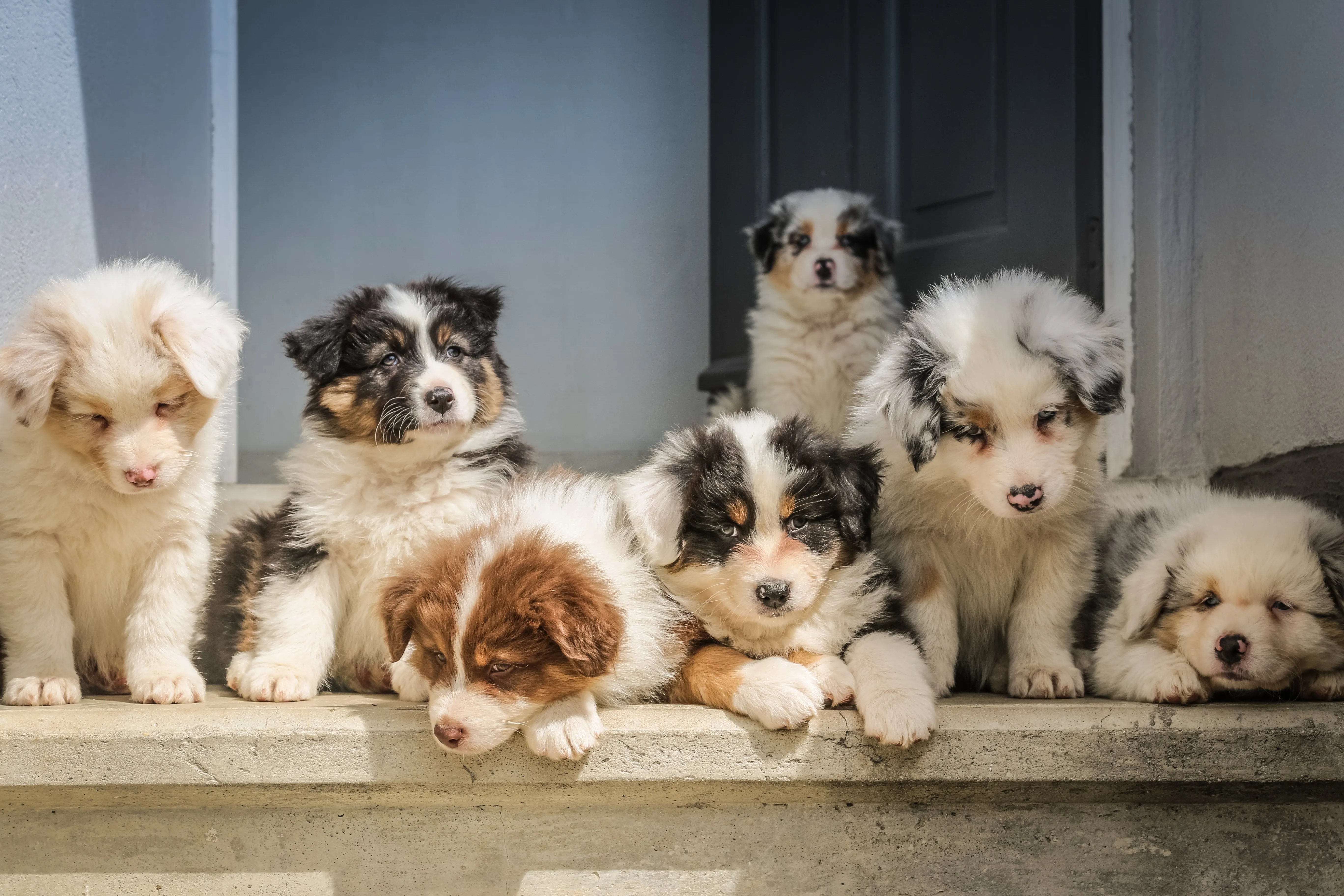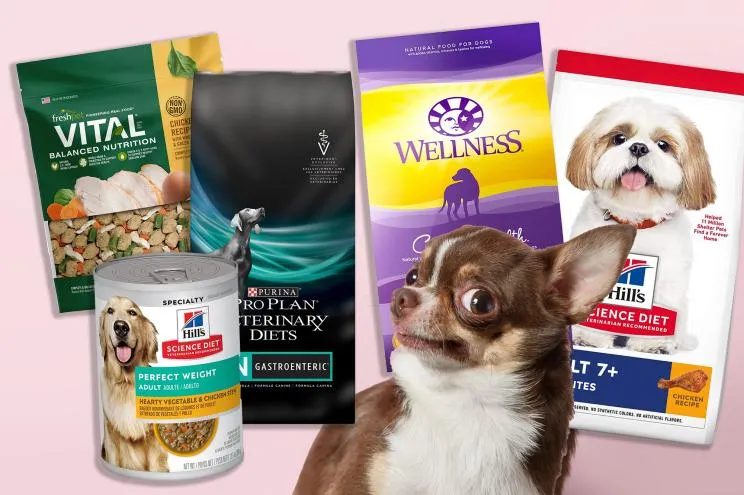8 Tips For Taking Care Of A New Puppy
Getting a new puppy can be an exciting experience, but there are a few important things you should know before bringing your puppy home. These tips can help you make the transition smoothly and establish a bond between you and your new companion. Keep in mind that your new puppy will need time to adjust to the changes in its environment and with you. Make gradual changes and be consistent in your rules and routine. Be sure to give gentle corrections when necessary.
Getting Started With A New Puppy
Getting a new puppy is a big commitment, so you should prepare ahead of time. Decide who will be the primary caretaker, and make clear house rules. These will help prevent confusion for both you and your new puppy. These rules should cover topics such as when the dog can sleep on the couch or bed. Include your family members in these rules.
Socialization is an important part of a puppy's development. Socialization involves introducing your puppy to a wide variety of people, situations, and pets. Make sure to start slowly and gradually increase the time he spends with each new situation. You should also attend puppy classes to expose him to other puppies. Socializing your puppy should be done in a controlled environment and under close supervision. You should also pay attention to your puppy's body language to identify signs of discomfort or aggression.
Make sure you dedicate a space in your home for your new puppy. The space should have a crate and feeding area. This space should be close to other parts of the home where you and your family hang out. Puppy gates and proofing are also good ideas for keeping your puppy safe.
A New Bed For A Puppy
When deciding on a new bed for your puppy, there are a few things you need to consider. Your puppy should be comfortable in it, and it should be waterproof, machine-washable, and durable. A short-haired puppy can be cold and may need a self-warming bed. If your puppy chews and gnaws a lot, you'll also want something tough and durable.
First, measure your puppy's size. This will help you get the right size bed. Measure your pet from the tip of the nose to the base of their tail. Be sure to add six to twelve inches to the length and width. For example, a small puppy will need a bed that's about four inches longer than it is wide.
Another thing you need to consider when choosing a bed for your puppy is the location. Make sure it is in a quiet room so your puppy can sleep peacefully. Putting the bed in a room where your puppy spends the most time is a good idea. Make sure the location is comfortable for your puppy, and create a reward system that will encourage them to stay there.
Toys For A New Puppy
When shopping for puppy toys, consider the materials used and the age of your puppy. You want durable, long-lasting toys that are fun to play with and won't cause your puppy to develop problem behavior. Some puppies prefer softer toys, while others need to be sturdy. Fortunately, there are many options available for both types of puppy.
If you're looking for something fun and unique, consider a plush puppy teething toy. Choose a toy with a fun personality and a squeaker. Some toys are made with recycled plastic bottles, which will be great for the environment. Plush toys should also be durable.
Puppy toys with food dispensers can be dangerous because the puppy can destroy them easily. You have to watch your puppy closely when they play to prevent them from gnawing the toys. And be prepared to take them out quickly if they start to chew them.
Potty Training For A New Puppy
When potty training a new puppy, consistency is essential. Make sure that you supervise your dog whenever you go away, and find someone to watch it for several hours at a time. When you're home, be sure to take a break to potty before introducing your new pet to the rest of the family.
When you're training a puppy, it's vital that you always clean the area where he goes to the potty. A stale odor is not conducive to learning, so clean the area thoroughly. A dirty area is a huge deterrent for your puppy.
Toilet training for a new puppy is not an easy process, and it requires time and patience. However, if you can stay patient and follow a simple schedule, you'll be able to train your puppy much quicker than if you start training them too young.
What To Feed A New Puppy
When you bring home your new puppy, you may be wondering what to feed it. There are many different types of foods available, and some are better suited to specific breeds and life stages than others. Some are specifically formulated for puppies, while others are intended for large breeds. In any case, the most important thing to remember is to feed your puppy food that is well balanced and contains the nutrients they need to grow and thrive.
The best food to feed your puppy is one with two main sources of animal protein, as well as a balance of other nutrients. You should choose a food with 25-30% protein, 40% complex carbohydrates, and 15-20% healthy fats. The food should also contain water, vitamins, and minerals. It should also be free of fillers, artificial flavors, and animal digest.
It is important to establish a feeding schedule for your puppy and stick to it for about a week. It's important to avoid introducing a new food to your puppy at once, as this can upset his stomach. Instead, start by providing him with a sample of the new food and slowly transition over to it.
Vet Visit For A New Puppy
Your first vet visit for a new puppy can be confusing. The vet will give your pup a thorough physical exam and check everything from its heart, lungs, teeth, and skin. They will also test his or her eyesight and hearing. Your veterinarian will also ask you questions about your puppy's behavior, diet, and health.
Before the visit, make sure you gather all of the information you need about your new puppy. Write down any behavioral issues, including potty training progress and how well he or she eats. A veterinarian will call you back to let you know the results. Likewise, bring along all of your puppy's vaccination history and any questions you might have about its care.
Make a list of questions to ask during the visit. These can be general questions or specific to your new puppy. You should also bring your puppy's food label to your visit.
Walking Your New Puppy
Walking your new puppy provides many benefits. Not only does it give it exercise, but it also exposes it to new sights, sounds, smells, and experiences. It can also help you develop a strong bond with your puppy. Be sure to carry water and poop bags with you when walking, and always identify your puppy with a collar or tag. If you walk your puppy at night, you should choose a lighted or reflective collar for visibility.
When taking your puppy on walks, start by taking small steps at first. This will help your puppy develop muscle memory. Give your pup treats to encourage good behavior, and make sure you start slow and take your time. After a few days, you can increase the distance and the amount of time your pup stays focused.
As you walk your puppy, pay close attention to his behavior. If he gets distracted or gets lost, recall him back to you. It is best to reward your puppy when he returns to you.



